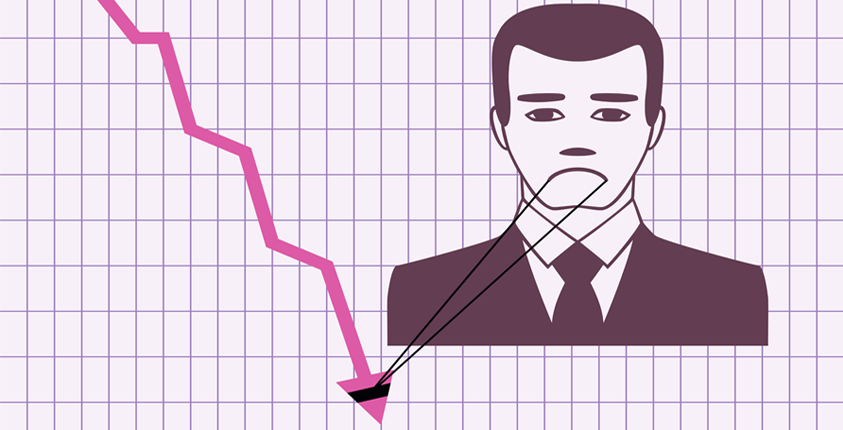What If You Can’t Pay Your Small Business’s Tax Bill? 4 Steps to Fix The Problem

Tax season can be a very frightening time of the year for a small business owner. Technically, anyone who expects to owe more than $1,000 to the IRS in taxes is supposed to send in quarterly estimated tax payments, but for new startups especially it can be difficult to gather up the full amount due to pay. Small business owners regularly name taxes as one of their most pressing concerns, and many are haunted by the threat of an un-payable tax bill. If your business has been asked for an amount you don’t think you can pay in full, don’t freak out—here are 4 steps to help you out.
1. File anyway.
Ignoring the IRS is probably the worst move you can make. Failing to file will normally mean a 5% penalty added every month to your outstanding tax bill, until a maximum of 25% of your unpaid bill is tacked on to what you owe. Failure to pay, on the other hand, typically means a monthly .5% to 1% penalty on top of what you already owe. The IRS is not going to disappear if you ignore them either—eventually they will file a federal tax lien, which alerts creditors to the government’s legal claim to you or your business’s property. Keep ignoring them, and they’ll seize your property to pay your tax debt.
2. Pay what you can.
The IRS is going to assess penalties and interest on whatever part of your tax bill remains unpaid. The more you pay now, the less you’ll have to pay in the future. If you can pay more than 90% of what you owe, you can file Form 4868, which will grant you a six-month penalty-free filing extension, allowing you to store up the rest of the cash before you have to file and pay.
Related: [eBook] Home Office Tax Deductions
3. Pay in installments.
Alternatively, you can contact the IRS and ask to be considered for an installment plan. You’ll still have to pay an application fee, as well as some penalties and interest, but not as much as you would if you tried to ignore the IRS (see step 1). The IRS has an Online Payment Agreement application available, and normally lists a contact number at the bottom of your bill.
If your small business is still open, has employees, and owes less than $25,000, it could qualify for an IBTF Express Installment agreement. Even defunct businesses that owe up to $50,000 can qualify for a streamlined installment plan. Contact the IRS and meet your obligations head on; you’d be surprised at how helpful they can be.
4. Meet with an accountant.
Finally, and perhaps most importantly, you need to meet with an accountant to get your finances straightened out. As I mentioned earlier, you have to pay quarterly estimated taxes anyway, so you either neglected to do that, or grossly miscalculated what you were going to owe. And there is nothing wrong with that—everyone makes mistakes—but the sooner you sort out your finances, the sooner you can start focusing on running your business, instead of worrying about what you owe the IRS.
More on taxes: 5 BIG Commonly Overlooked Tax Deductions
While we can debate the right of the IRS to demand a chunk of your business’s profits, that won’t change the fact that, come April 15th, they will want their cut. As I mentioned above, ignoring the IRS is a terrible idea and the IRS would truly rather help you pay what you owe than slap you with notices and levies. If you feel like you can’t pay what you owe, file your return anyway, pay what you can, and then figure out if you qualify for an extension or payment plan. A back-tax bill may seem like a dark nightmare, but if approached directly, and managed effectively, it’ll be nothing more than a fleeting bad dream.
This article was originally published on SmallBizClub.com.
[latest_posts header=”More on Tax” limit=”” category=”4″]
